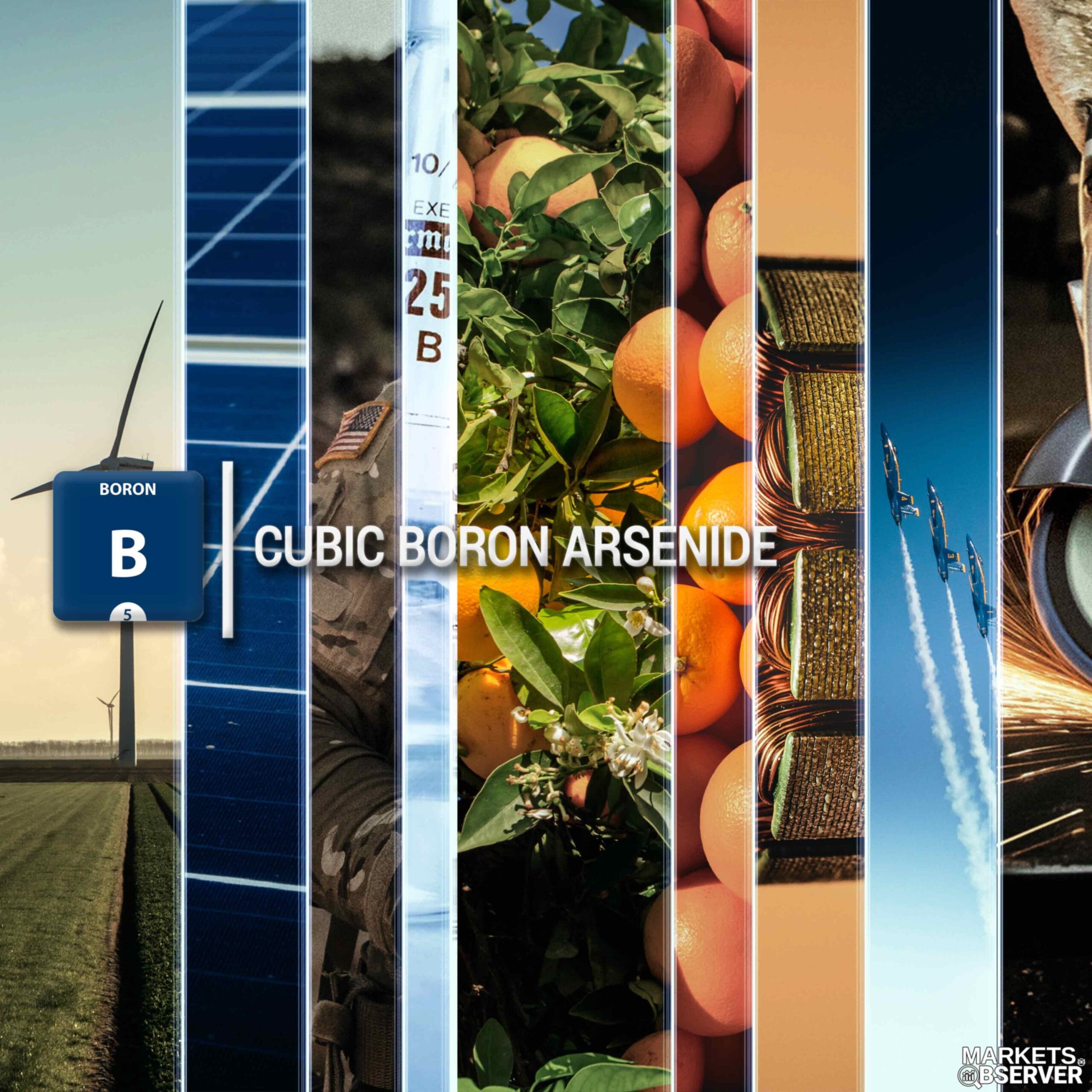TAE Technologies, a California-based fusion energy company, has made a significant breakthrough in the field of nuclear fusion. The company announced that it has successfully measured the first-ever hydrogen-boron fusion reactions in a magnetically confined plasma, bringing us one step closer to a cleaner and more sustainable energy future. (First Measurements Of Hydrogen-Boron Fusion In A Magnetically Confined Fusion Plasma, PR Newswire)

- TAE Technologies has achieved the first-ever measurements of hydrogen-boron fusion in a magnetically confined plasma, a major milestone in the field of nuclear fusion.
- Hydrogen-boron fusion is a promising pathway for clean, sustainable energy as it produces no greenhouse gas emissions and generates only helium as a waste product.
- The achievement was made possible by TAE’s unique approach to fusion, which uses a combination of magnetic fields and a beam of particles to heat and confine the plasma.
- TAE’s hydrogen-boron fusion reactor is projected to be much smaller and more efficient than traditional nuclear reactors, making it a viable solution for decentralized energy production.
- This breakthrough is a significant step towards the development of commercially viable fusion energy, which has the potential to provide abundant and sustainable energy for the world.
TAE’s achievement is a significant step forward in the development of fusion energy, a potentially game-changing technology for clean, sustainable energy.
Unlike traditional nuclear reactors, which use fission to split atoms and release energy, fusion reactors use the energy released by the fusion of atomic nuclei.
Hydrogen-boron fusion is a particularly promising pathway as it produces no greenhouse gas emissions and generates only helium as a waste product, making it a truly clean and sustainable source of energy.
TAE’s approach to fusion is based on a combination of magnetic fields and a beam of particles. By using these technologies, TAE is able to heat and confine the plasma in a more efficient manner than traditional nuclear reactors. This makes TAE’s hydrogen-boron fusion reactor much smaller and more efficient than traditional reactors, making it a viable solution for decentralized energy production.
The achievement of measuring hydrogen-boron fusion in a magnetically confined plasma is a major milestone in the field of nuclear fusion.
TAE Technologies’ Approach to Hydrogen-Boron Fusion
Here we report clear experimental measurements supported by simulation of p11B fusion with high-energy neutral beams and boron powder injection in a high-temperature fusion plasma (the Large Helical Device) that have resulted in diagnostically significant levels of alpha particle emission. The injection of boron powder into the plasma edge results in boron accumulation in the core. Three 2 MW, 160 kV hydrogen neutral beam injectors create a large population of well-confined, high -energy protons to react with the boron plasma. The fusion products, MeV alpha particles, are measured with a custom designed particle detector which gives a fusion rate in very good relative agreement with calculations of the global rate. This is the first such realization of p11B fusion in a magnetically confined plasma.[1]

By choosing to pursue hydrogen-boron as a fuel cycle, TAE has anticipated the true demands of commercial, daily use of fusion energy.
Most fusion efforts around the world are focused on combining hydrogen isotopes deuterium-tritium (D-T) to use as fuel, and the donut-shaped tokamak machines commonly used in fusion concepts are limited to D-T fuel.
Unlike those efforts, TAE’s compact linear design uses an advanced accelerator beam-driven field-reversed configuration (FRC) that is versatile, and can accommodate all available fusion fuel cycles, including p-B11, D-T and deuterium-helium-3 (D-He3 or D3He).
This benefit will uniquely enable TAE to license its technology on the way to its ultimate goal of connecting the first hydrogen-boron fusion power plant to the grid in the 2030s.
With the FRC, TAE is advancing a modular and easy-to-maintain design that will have a compact footprint with the potential to take advantage of a more efficient magnetic confinement methodology, which will get up to 100x more power out, as compared to tokamaks.
The Potential of Hydrogen-Boron Fusion
Hydrogen-boron fusion has the potential to be a game-changing technology for clean, sustainable energy. Unlike traditional nuclear reactors, which produce radioactive waste and pose safety risks, hydrogen-boron fusion produces no harmful byproducts and poses no safety risks. In addition, hydrogen-boron fusion is an abundant source of energy, with fuel readily available in the Earth’s crust. With TAE’s breakthrough in measuring hydrogen-boron fusion in a magnetically confined plasma, the potential of this technology is becoming closer to reality.
References:
- “First Measurements of P11B Fusion in a Magnetically Confined Plasma” , Magee, R. M., et al. Nature Communications, vol. 14, no. 1, Feb. 2023, p. 955.








